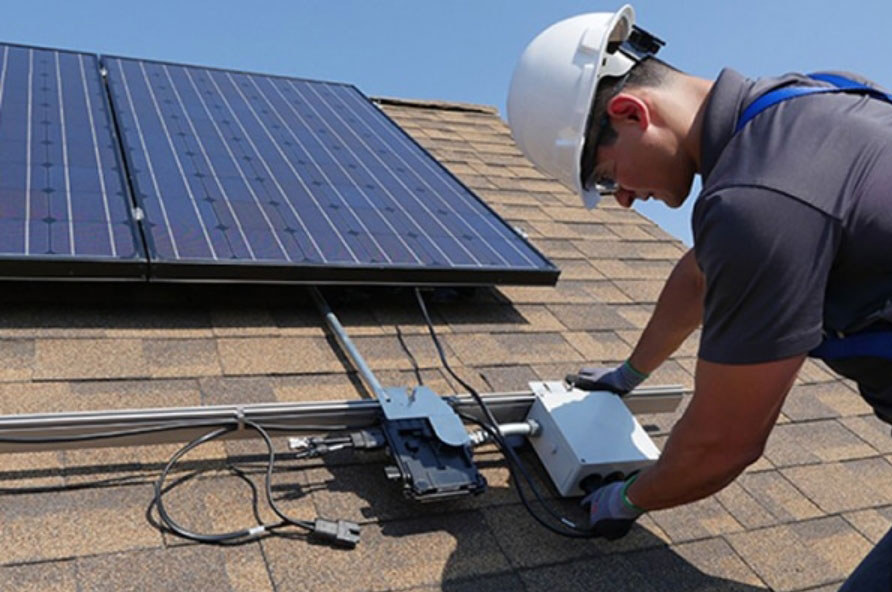
Maximizing rooftop solar potential with microinverter involves leveraging their unique advantages to enhance the performance and efficiency of solar panel systems. Here’s how microinverter can be used to optimize rooftop solar installations:
1. Optimal Use of Available Space
- Individual Panel Optimization: Microinverter allow each solar panel to operate independently, maximizing the output of each panel regardless of shading or orientation differences. This means you can fully utilize all available rooftop space, even areas that receive partial shade.
- Flexible Design: The modular nature of microinverter enables more flexible system design, allowing for expansion or modification as needed. This adaptability is perfect for rooftops with unconventional shapes or obstacles like vents and chimneys.
2. Increased Energy Production
- Enhanced Efficiency: By converting DC to AC directly at each panel, microinverter reduce energy loss due to long wiring runs and inefficiencies in centralized conversion systems. This leads to higher overall system efficiency and more energy production.
- Better Performance in Shaded Conditions: Microinverter mitigate the impact of shading on solar panels better than traditional string inverters, ensuring that only the shaded panels will have reduced output, not the entire system.
3. Improved System Reliability
- Reduced System Downtime: With microinverter, the failure of one unit does not affect the entire system, minimizing downtime and maintenance costs.
- Longer Lifespan: Microinverter are generally designed to last as long as the solar panels themselves, ensuring a longer, more reliable service life.
4. Enhanced Monitoring and Maintenance
- Individual Panel Monitoring: Microinverter come with advanced monitoring capabilities that allow for real-time, panel-level performance tracking. This helps in quickly identifying and addressing any issues, ensuring optimal system performance.
- Easier Maintenance: Since each microinverter operates independently, maintenance or replacement can be done on a single unit without impacting the rest of the system, reducing maintenance complexity and costs.
5. Future-Proofing the Solar Installation
- Scalability: Microinverter make it easy to expand the solar power system in the future. Additional panels and microinverter can be added without redesigning the entire system, accommodating growing energy needs.
- Compatibility with Emerging Technologies: Microinverter are well-suited to integrate with battery storage systems and smart grid technologies, providing a pathway for homeowners to adopt future energy innovations.
6. Financial Benefits
- Maximizing Return on Investment: The increased efficiency and energy output of microinverter can lead to greater savings and a faster return on investment compared to traditional inverter systems.
- Access to Incentives: Many regions offer incentives for solar installations that can be more accessible or substantial for systems that use advanced technologies like microinverter.
Microinverter offer a compelling solution for maximizing rooftop solar potential, thanks to their ability to optimize energy production, enhance system reliability, provide advanced monitoring, and ensure scalability. Their integration into rooftop solar projects can result in more efficient, reliable, and cost-effective solar energy production.
